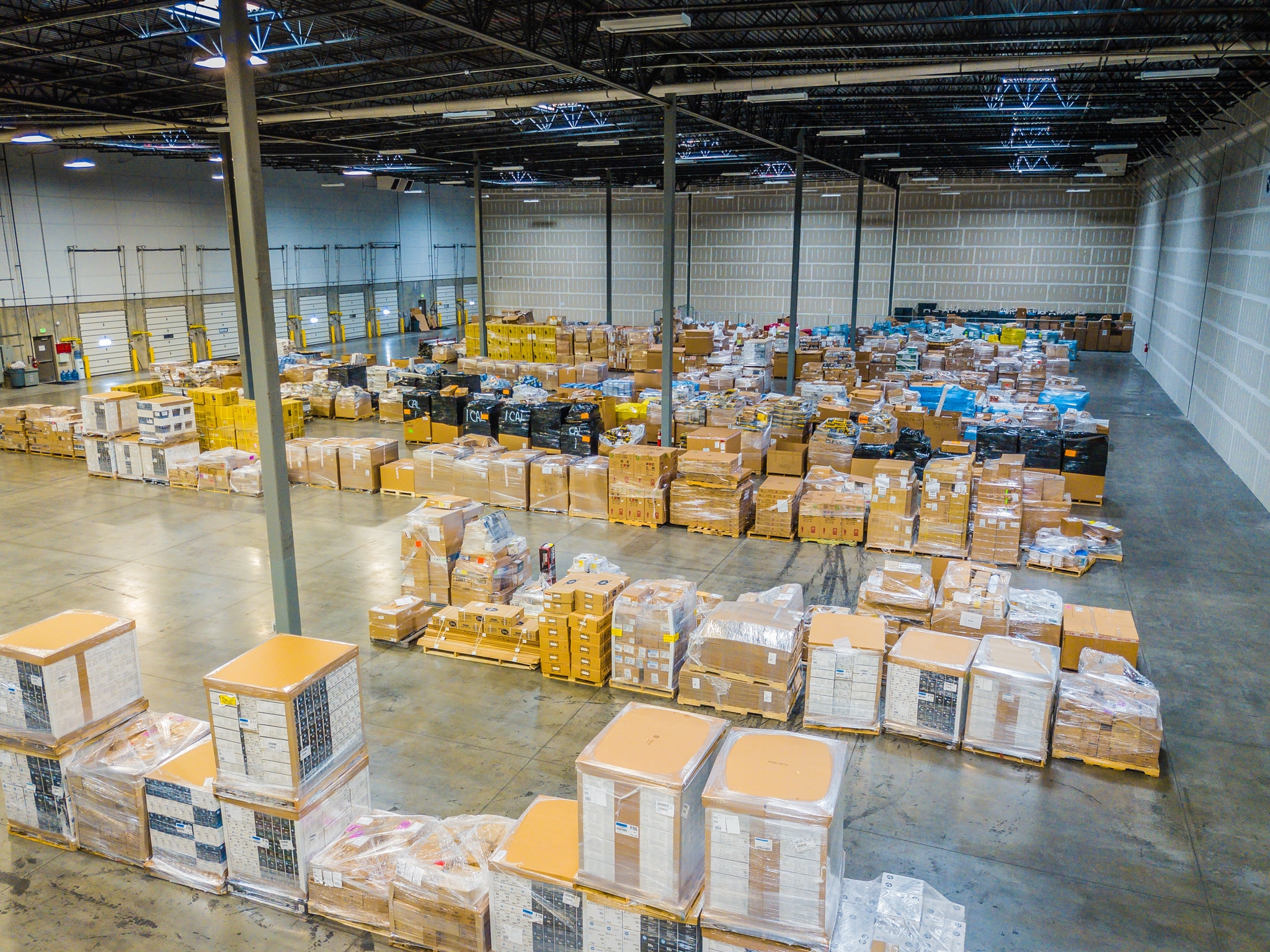 In the past year and a half, globalization and global market trends have become more apparent than ever. With resource shortages causing mass delays in shipments, the Ever Given blocking the Suez Canal, and the COVID-19 pandemic covering the globe, it’s almost impossible to deny that global trends are making a more significant mark than ever before.
In the past year and a half, globalization and global market trends have become more apparent than ever. With resource shortages causing mass delays in shipments, the Ever Given blocking the Suez Canal, and the COVID-19 pandemic covering the globe, it’s almost impossible to deny that global trends are making a more significant mark than ever before.
Globalization is the movement of people, goods, and services around the world — or when referring to the supply chain — globalization is how a business operates internationally.
As markets expand across the globe, the logistics community takes on greater risk, greater responsibility, and greater potential for reward. However, as the logistics industry expands into more countries, larger impacts are felt in domestic logistics companies.
And it’s not just that goods are being imported and exported from further away that’s creating an impact on the industry.
New technologies, shifting regulations, and new trends are all at the forefront of the logistics revolution.
Along with all of this, logistics companies are being forced to look at improving key performance indicators (KPIs) while ensuring high costs aren’t incurred. As technology advances and the world continues to get smaller, competition in the logistics industry is getting more rigid, and businesses have to continue to compete with one another.
To stay relevant among the competition, logistics companies have to create flexibility in the supply chain to satisfy customers and keep company growth consistent. This need for flexibility is driven by an increase in options available to the consumer.
For example, eCommerce dropshipping is one of the leading streams of revenue online and only increased during the COVID-19 pandemic and is one of the fastest-growing industries in the world. Currently, many dropshipping stores rely on goods manufactured in China, which means the owner of the dropshipping store is going to look for a company that can get their goods from China for the best price with the fastest time.
 Logistics companies are then challenged with discovering the fastest, easiest, cheapest way to get these goods to the consumer, all while also ensuring the quality of the product.
Logistics companies are then challenged with discovering the fastest, easiest, cheapest way to get these goods to the consumer, all while also ensuring the quality of the product.
But the responsibility of the logistics company doesn’t end there.
It’s not just the supply chain that the logistics company must be concerned with. Environmental factors must also be taken into account. This means looking at fuel economies of transportation and weighing transportation costs.
Additionally, along with environmental regulations to consider, domestic and international transport compliance regulations must also be considered.
As a whole, globalization is good for the supply chain. Even with the higher risk, regulations and compliance, environmental factors, competition, and other challenges, the benefits outweigh everything else.
Not only does globalization create a new revenue stream for logistics companies, but it also helps to increase communication between vendors, customers, and business owners, allowing logistics companies to reach new audiences more efficiently and stay connected with customers, regardless of location.
It also increases sourcing opportunities, so vendors that were previously the only option may now have competition, which drives down costs and helps increase profits. Increased sourcing opportunities also can mean an increase in goods available for sale. By increasing available goods, profits can also increase due to reduced prices on bulk shipment and other factors.
At the same time, globalization in logistics does have its downside. As was seen during the COVID-19 pandemic, the logistics industry faced significant challenges throughout 2020 and into 2021. As the world globalizes, the supply chain will continue to be impacted by natural disasters, global pandemics, and other global events like port or border closures.
There are many ways in which globalization impacts the logistics industry. From creating greater complexity to increasing revenue, logistics and transportation companies will have to take the good with the bad. Those who can adapt and thrive will become the next leaders in the industry and have not just the U.S. market but the potential for a global one.

